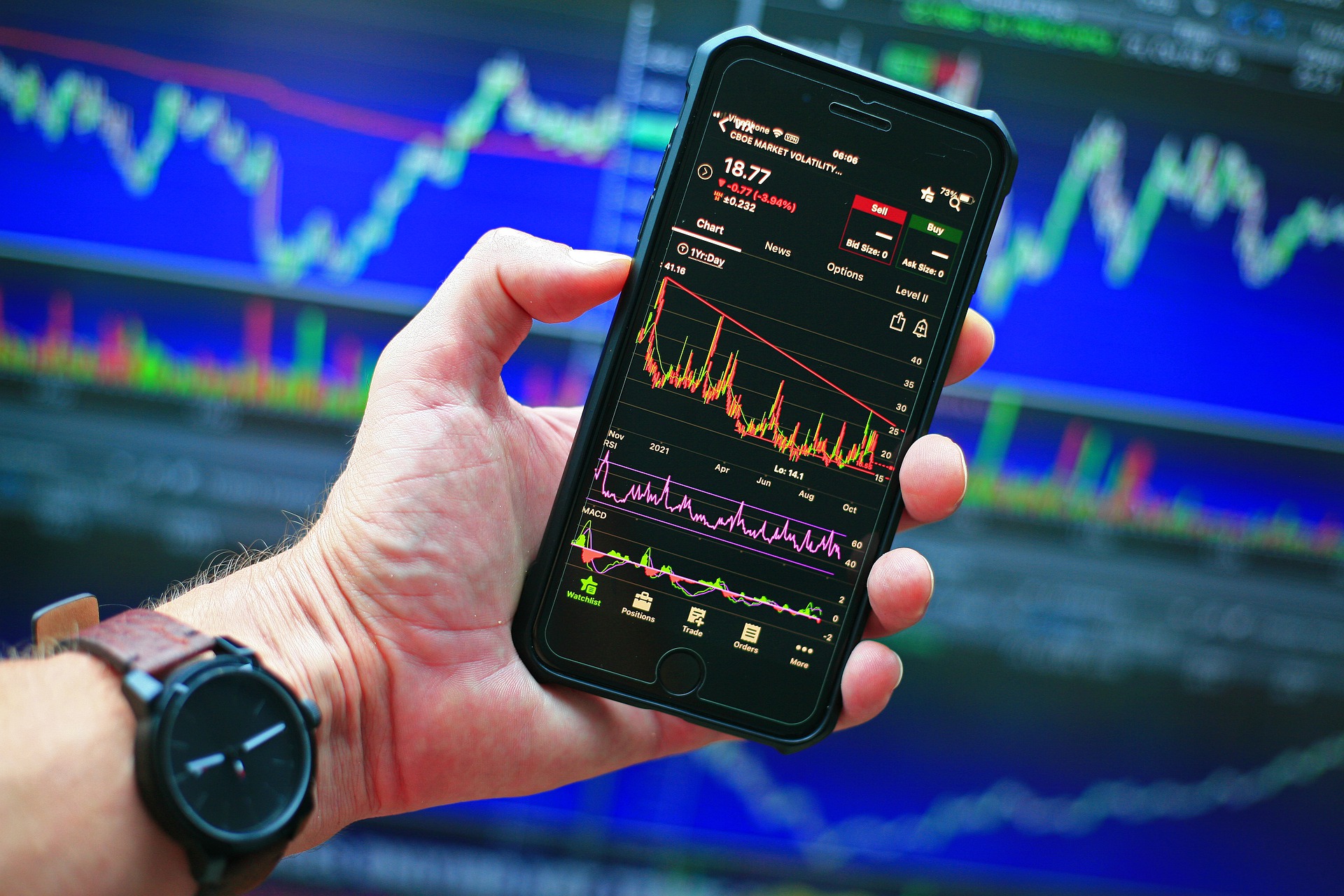A market order refers to placing an order for a stock/Crypto at the best available price. You set the amount you want to buy and price is determined by the market. A limit order allows you to set the amount you want to buy and the price you want the order executed at.
If you ask an experienced trader when you should use a market order some would say never. While this isn’t bad advice, I think understanding when not to use a market order is more helpful.
The major issue with market orders is the ability for the execution price of an order being way different than the fair value. This can happen for a few reasons; but mainly related to low liquidity of the market.
Suppose you want to buy a token called Jetg. You look at the price and it says $1 a coin. “What a steal” you say. “Let me buy $1,000 worth”. You decide to market buy it but don’t look at the order book. There is a sell order for 10 Jetg tokens at $1 and 5000 Jetg tokens for $1.50. With a market order you end up buying those 10 tokens for $10; but then buy $990 worth at the price of $1.50.
When you thought you were getting 1000 tokens for $1000, you end up with only 670 tokens
Any size order when the order book is small can price you out of a competitive rate. When dealing with low market cap assets or low volume exchanges, never use a market order.
Large orders even when volume is good can have the same effect. What is a large order? It really does depend on the market; I personally would never place a market order larger than $1000.
A note of caution to more advanced traders. Stop loss orders after meeting their stop limit turn into a market order. Setting stop losses on large positions in low volume settings can be very dangerous. In some cases the risk outweighs the reward, so I leave it to the trader to decide.
Image by Sergei Tokmakov Terms.Law from Pixabay

If I can understand something, so can you.
